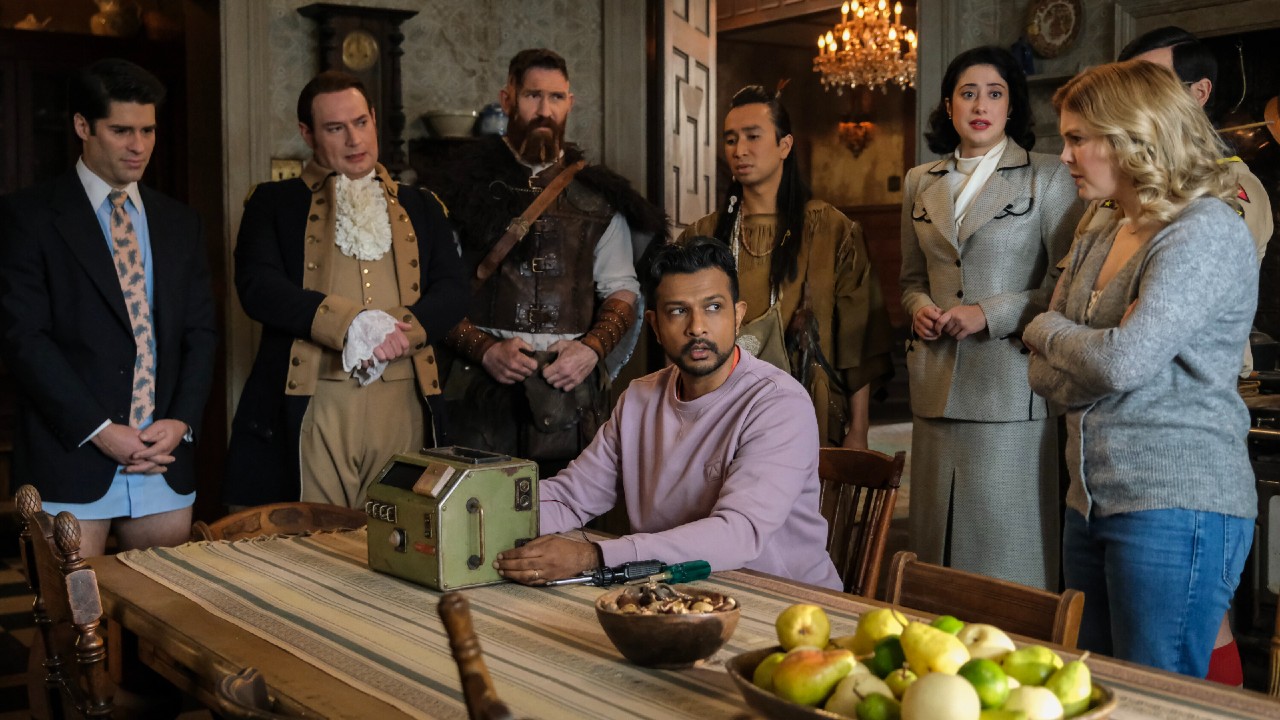CinemaBlend's Star Ratings Explained

Here we thought Roger Ebert came up with the concept of star ratings for movies (later replacing it with a simple thumb pointing up or down). As it turns out, the concept of using stars to grade or rate items dates all the way back to 1844, when Murray's Handbooks for Travellers modified an old structure using exclamation points to rate items for stars. Since then, stars have been applied to everything from books to restaurants, hotels to theater programs. And at CinemaBlend, we use them to grade movies, television, games and more.
But what do our star ratings mean? Why do we give them? And what information can you take from them? Here, then, is a breakdown of what we are thinking when we apply a star rating to a movie, TV show, video game, and beyond:

Pure perfection. It doesn't get any better than this.

So great. Really special. Short of a masterpiece, but better than most things out there.

We enjoyed it. You probably will, too. Some things bugged us, but overall, it succeeded.

Staying positive. It worked more than it didn't, and every once in a while, something in there really knocked us off our feet.

Recommended, but barely. This was good, but not nearly as good as it could have been.
CINEMABLEND NEWSLETTER
Your Daily Blend of Entertainment News

A mixed bag. The pros and the cons are pretty much neck and neck.

A disappointment. We spent most of our time wondering what went wrong. Stay away.

A disaster. Barely anything works here. Avoid at all costs.

The worst thing we've seen. Not redeemable on any level. Forget this even exists.

Sean O’Connell is a journalist and CinemaBlend’s Managing Editor. Having been with the site since 2011, Sean interviewed myriad directors, actors and producers, and created ReelBlend, which he proudly cohosts with Jake Hamilton and Kevin McCarthy. And he's the author of RELEASE THE SNYDER CUT, the Spider-Man history book WITH GREAT POWER, and an upcoming book about Bruce Willis.









